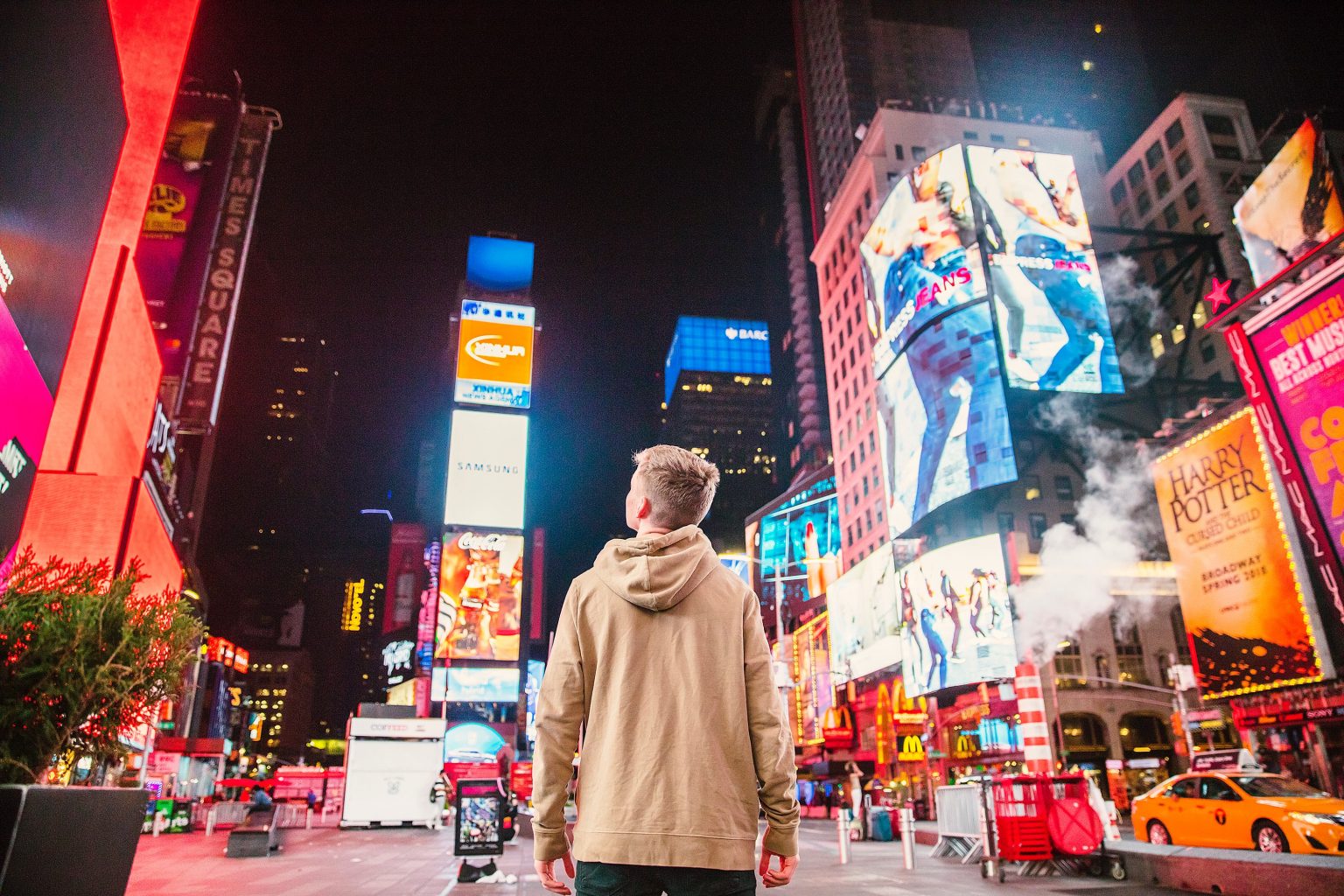Successful virtual reality projects from publishers like The New York Times have paved the way for sponsorship opportunities, product placement and interspersed immersive ads. However, according to Anna Bager of the Interactive Advertising Bureau (IAB), brands getting involved with VR shouldn’t be thinking about ads per se, but should be “helping media companies create great content or specific content”. Indeed, offering something of use, like a virtual showroom with a try before you buy element, is arguably more useful and memorable than trying to replicate a traditional TV ad in VR.
Since VR is so different from any of the mediums which preceded it, how can savvy advertisers choose the most appropriate path for brands?
What are the potential pitfalls of VR advertising?
Anne Cahill, a commentator for The Guardian’s Media & Tech Network, advised advertisers to “tread carefully” when using VR. She went on to make the valid point that, because VR experiences are so immersive, people will be “much less forgiving” of a subpar VR advertisement than they would be of a bad TV advert. While viewers can simply ignore a badly-made ad on television by changing the channel, the all-encompassing nature of VR gives them nowhere to turn.
There are also issues as to when and where brands can use VR advertising; you can’t expect to implement a VR experience as part of a traditional ad break. Should VR adverts appear like trailers before other VR content? Should they be accessible to shoppers on specially branded headsets in store? These are questions that must be answered for brands to find the most effective way of using VR, but as a new medium, we’re still figuring out where VR best fits within the consumer landscape.
What are the best ways to get VR advertising right?
The overwhelming consensus is this: virtual reality is at its best when it offers the audience something that other formats can’t. As Google says on its VR advertising tips page, “the subject matter should truly take advantage of the medium – transport people to a place, immerse them in a world, and compel them to explore.” We put these principles into action with our VR Air Race for Red Bull, which put users right in the cockpit of a stunt plane, allowing them to experience laps around the world’s key racetracks; an experience they were unlikely to ever have in the real world.
According to the IAB, consumers desire more VR commercials, but only good ones! However, the kind of experiences cited as good examples fall outside the realms of conventional advertising, they are the kind of brand-based VR experiences REWIND has had success with in the past. Virtual car showrooms and tours of real estate property are specific examples of popular VR experiences that consumers like and feel comfortable engaging with.
Is VR advertising the only future?
Although fully-immersive VR will no doubt assist in creating unforgettable advertisements, one of the best ways to bring branded immersive experiences to consumers is through 360 videos. While VR experiences that are driven by a real-time game engine are undeniably more interactive, 360-degree video is often much more straightforward to produce and, crucially, more accessible to the general public.
YouTube started hosting 360 videos in early 2015, allowing consumers to view them at home on their computers, or on simple VR headsets that utilise mobile phones. This accessibility has been a critical element to the 360-degree videos we’ve created at REWIND for the likes of Nike and Björk.
As well as VR and 360-degree video, augmented reality (AR) has established itself as an effective medium for advertising. Large-scale AR projects have seamlessly integrated with traditional advertising formats such as billboards and storefronts to create eye-catching interactive experiences such as Lynx’s ‘Fallen Angels’ billboard in London Victoria station, and Starbucks’ Christmas cups that came to life. At REWIND we have utilised AR technology to create several successful campaigns, including an augmented champagne simulator for G.H. Mumm at the Abu Dhabi Grand Prix.
Within the next couple of years, consumers will also have access to Mixed Reality technology, which will bring the power of AR into a head-mounted display. These devices will allow us to store and access the wealth of human knowledge with a simple hand gesture, removing a fundamental barrier between the user and the experience: the flat screen. REWIND has already begun to utilise this emerging platform by creating a mixed reality experience for Red Bull Air Race, which offers users the ability to overlay their real-world experience with bespoke graphical enhancements and real-time telemetry data of the planes in flight.
As we can see from the current high tech advertising climate, AR seems to be the natural step forward for traditional advertising formats, while VR is best suited for the creation of standalone brand experiences and practical showrooms that aid the purchasing process. Advertisers should play to the strengths of both mediums to get the best results while ensuring that they’re not simply choosing either medium as a way to jump on the bandwagon.




